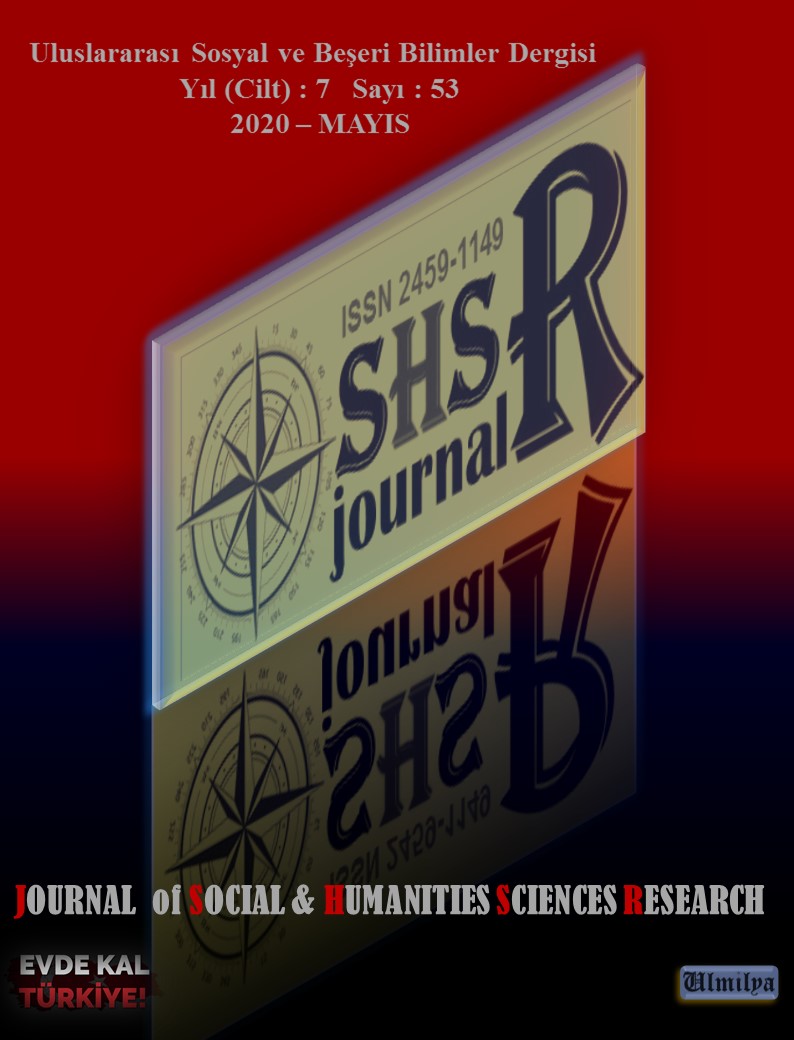THE EFFECTS OF THE SOCIO-CULTURAL DIFFERENCES ON THE DWELLING BUILDINGS: ANTALYA BALBEY AND HASIM ISCAN NEIGHBORHOODS
DOI:
https://doi.org/10.26450/jshsr.1882Keywords:
Antalya, Traditional Dwellings, Space Syntax, Socio-Culturel Structure, Castle of AntalyaAbstract
Dwellings reflect the characteristics, lifestyle and the behavior rules of society. In addition to physical factors such as topography and climate conditions, factors such as socio-cultural and economic conditions and user preferences are effective in shaping the dwelling spaces.
Being the subject of this study, Antalya is a city that has been ruled by different states in the historical process and where various societies have lived. Antalya, which predominantly reflects characteristics of a port city in the 15th century, at the out of the city walls in the 15th and 16th centuries. In the 17th century, there were two settlements, inside and outside the city walls. The trade was intensified in the city after the mid 19th century. In the 20th century, the city demonstrated physical growth with the developments in agricultural and tourism. In the 21st century, Antalya continued to take shape according to the existing socio-cultural and economic dynamics. In this entire process, there are settlements in Antalya, which were established simultaneously by different societies and hosted by various communities with different ethnic structures, religious beliefs and cultural values. Balbey and Haşim İşcan neighbourhoods were formed in front of the gates of the castle and have survived until today. Hence, these neighbourhoods have been chosen as sampling areas due to these features. The main goal of the study is to examine these differences which are verbally expressed and generalized, through the plan setup.
The methodology of the study involves a comprehensive literature study evaluated with the archive documents about the formation of Antalya city structure and its development until today. Field studies were carried out, original plans of the dwellings were reached/created, areas and structures were photographed, personal interviews were made with long-term users and technical persons and the documentation task was carried out. The obtained plans were evaluated with the space syntax method which is a numerical analysis method. The 'Agraph' program, which is a computer program used within the space syntax method, was used for this evaluation.
As a result, it is discussed whether socio-cultural differences are effective in shaping the plan constructions of traditional dwelling structures in the sample areas or not. In addition to the contribution to literature with the evaluation of the data, it is aimed to guide the restitution decisions in the repairs to be made in the field
Downloads
Published
How to Cite
Issue
Section
License
Copyright (c) 2020 INTERNATIONAL JOURNAL OF SOCIAL HUMANITIES SCIENCES RESEARCH

This work is licensed under a Creative Commons Attribution 4.0 International License.


